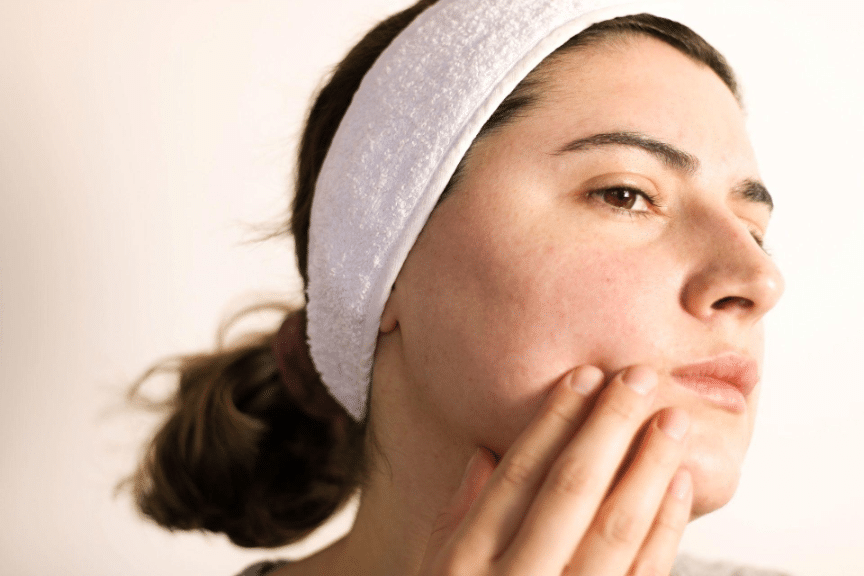Most people call them spider veins. Doctors may call them telangiectasias. These tiny, branching blood vessels can be blue, red, or purple. Technically, they can…
Where Are the Different Places You Can Get Spider Veins?

Most people call them spider veins. Doctors may call them telangiectasias. These tiny, branching blood vessels can be blue, red, or purple. Technically, they can be veins, arteries, or the teeny capillaries that link veins and arteries. But they are commonly known as spider veins.
Because they are so small, spider veins don’t bulge like varicose veins often do, although they may be slightly raised. Still, many people consider them ugly. There are many places you can get spider veins. Unfortunately, most spider veins appear in highly visible places.
Causes of Spider Veins
Spider veins begin as tiny blood vessels located close to the surface of the skin. Under certain conditions, the veins may enlarge and become visible.
Factors that can lead to the development of spider veins include:
- Excess weight. Extra pounds can put pressure on the veins, especially if you carry weight in the abdomen.
- Age. Changes in your body as you age can increase your chance of spider veins.
- Pregnancy. Both your weight and the volume of blood in your body increase during pregnancy, possibly stressing the veins.
- Hormones. Birth control and hormone therapy may increase your risk of spider veins.
- Activity level. If you sit and stand a lot, your blood may pool in your legs and put pressure on the veins.
Some people who have these risk factors develop spider veins, while others do not. If others in your family have noticeable veins, you may be more likely to have them, too.
Spider Vein Locations
When you first develop spider veins, they will be very hard to see. They become more visible as time goes on. Most adults eventually develop spider veins somewhere on their bodies. They can appear in any of these places:
1. Legs and feet
The legs are the most common location for spider veins. They often occur on the back of the knee and around the ankle, but they can appear anywhere on the lower extremities.
Many women choose treatment for spider veins on their legs so that they will be more comfortable in shorts, swimwear, and other clothing that exposes the legs. Spider veins typically first appear between the ages of 30 and 50. Some women choose treatment because they feel they are too young to give up wearing sportswear and fun styles.
2. Face and nose
Another place spider veins commonly appear is the face. Facial skin differs from the skin on other parts of the body, and treatment for spider veins on the face may be different, too.
Broken veins on the face can be caused by:
- Skin conditions. Rosacea, eczema, acne, and other skin conditions often result in visible veins on the face. Irritation and inflammation can cause spider veins to appear.
- Sun damage. Exposure to the sun thins and damages the skin, making veins more visible.
- Smoking. Cigarette smoke contains particles called free radicals that can damage the skin and weaken blood vessels.
- Overuse of alcohol. Alcohol can cause veins in the face to enlarge and become more prominent. Experts now believe that the red, swollen nose sometimes known as alcoholic nose is a form of rosacea. Still, overuse of alcohol is not good for vein and skin health.
3. Breasts
Pregnant women often notice that they have visible veins in their breasts. Doctors say this is because both breast size and blood volume increase during pregnancy. The veins may persist after childbirth, especially if the mom is breastfeeding. If you are not pregnant or nursing and you have spider veins on the breasts, consult a vein specialist.
4. Hands
Do you take pride in the appearance of your hands? Visible veins can detract from the look of your hands. You can have both bulging veins and smaller spider veins on your hands.
5. Everywhere else
Spider veins can appear almost anywhere on the body, including arms, chest, shoulder, and abdomen. In some areas, sun damage may be the cause. In other areas, they may be caused by stress on the veins. But they can all be treated.
Treatment for Spider Veins
Most spider veins do not cause any symptoms. They may ocassionally burn, itch, or cause minor pain. Because spider veins are mainly a cosmetic issue, most insurance plans do not pay for treatment. Still, treatment can be affordable. Spider veins in the legs have been named the top cosmetic concern of American women. If you find your spider veins unsightly, wherever they are located, you don’t have to live with them.
Treatment for spider veins involves damaging the troublesome vein so that it closes up. Nearby blood vessels will take over carrying the blood, and the sealed-off vein will gradually disappear. These treatments are non-surgical, minimally invasive, and cause little to no pain. The veins can be sealed by options including:
- Sclerotherapy (Brand names: Asclera and Mylan Sotradecol). The veins are injected with a solution that causes them to close.
- Laser Therapy. A laser converts light to heat, destroying the targeted veins.
- Ohmic Thermolysis (Brand names: ThermaVein and VeinGogh). This treatment destroys spider veins using high-frequency electrical energy.
Getting Started
If you’re concerned about spider veins anywhere on the body, you’ll want to consult an expert. A vein specialist will know the best way to treat your spider veins, wherever they are located. You can find a vein specialist by using My Vein Treatment’s locator tool. Improve your appearance and boost your self-confidence, too!






Responses